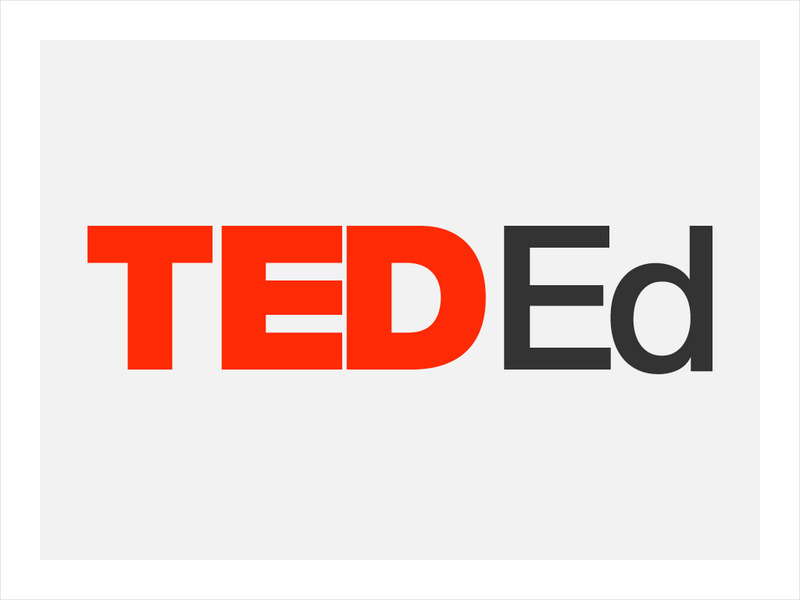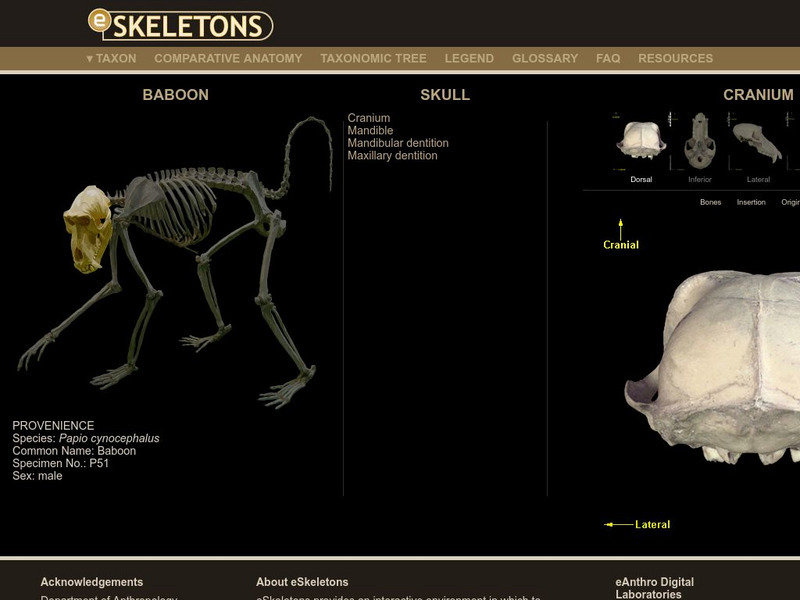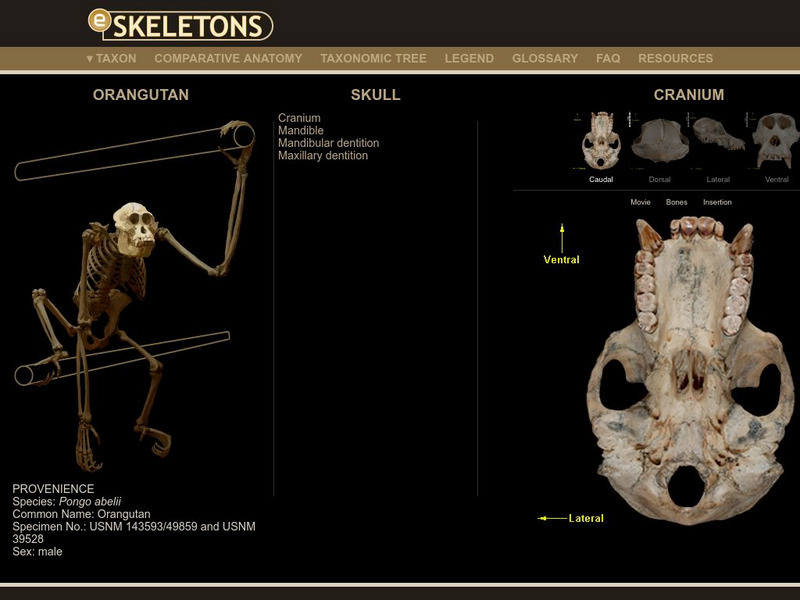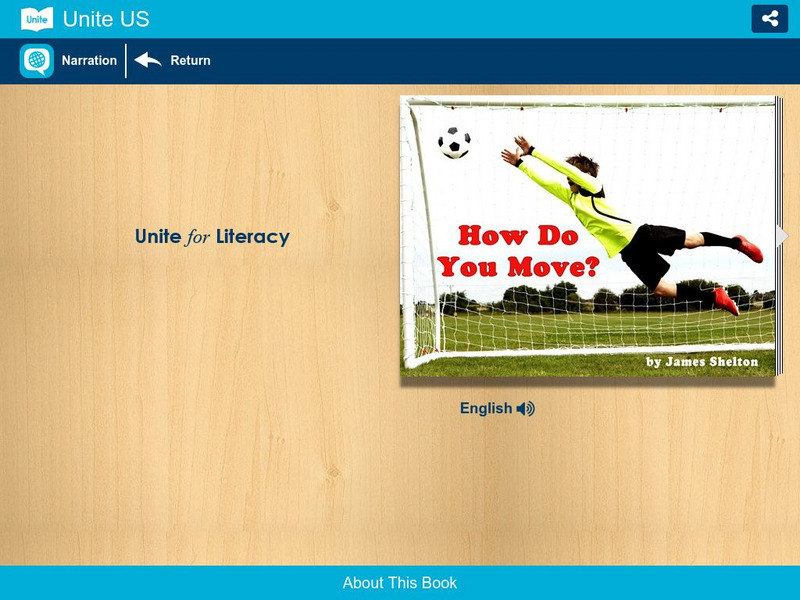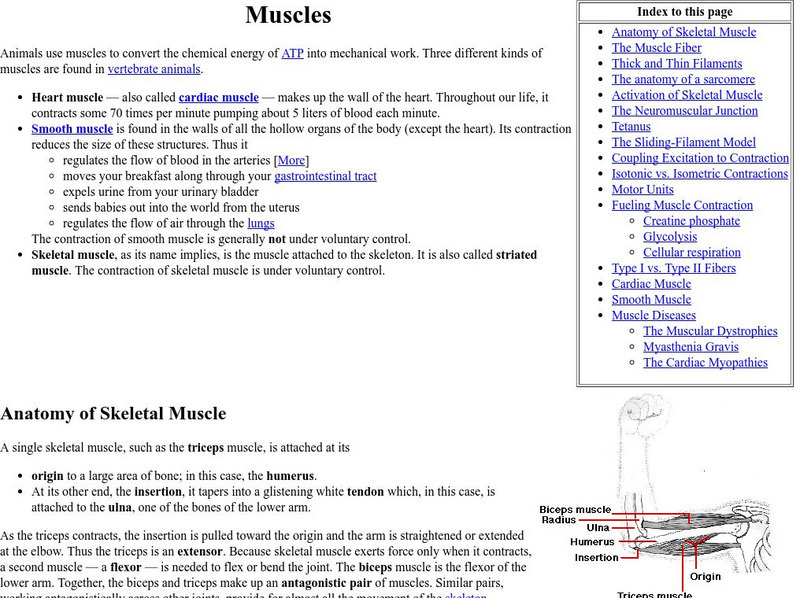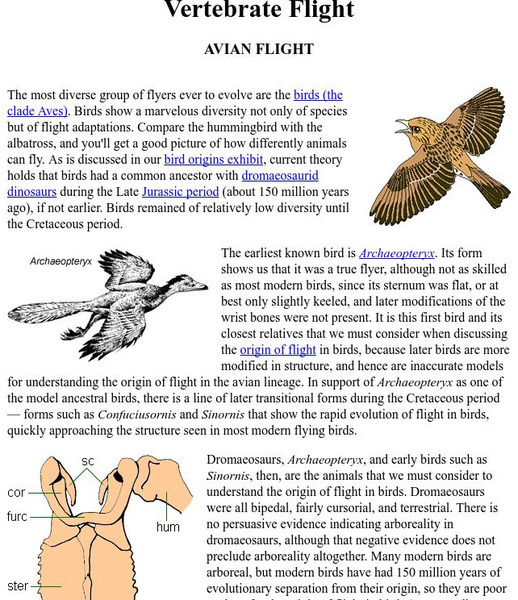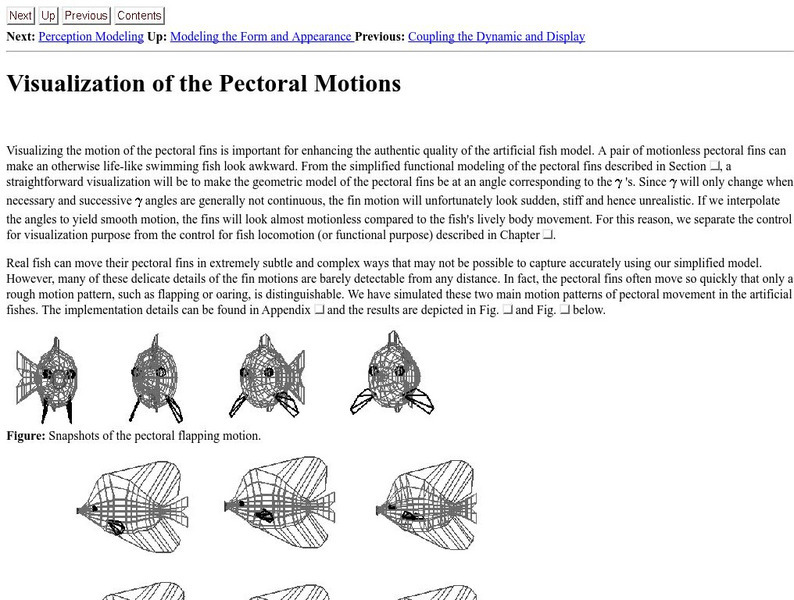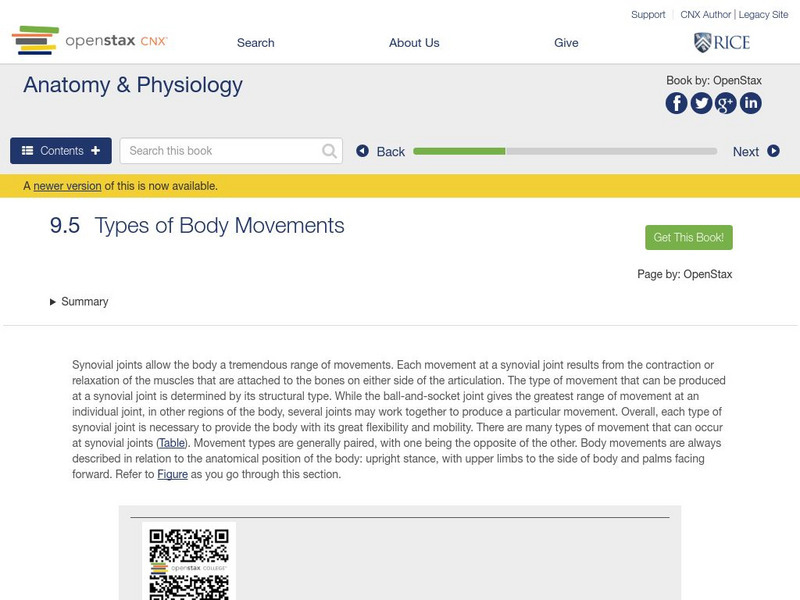TED Talks
Ted: Ted Ed: The Benefits of Good Posture
Has your mom ever told you, "Stand up straight!" or scolded you for slouching at a family dinner? Comments like that might be annoying-but they're not wrong. Your posture is the foundation for every movement your body makes and can...
Science Buddies
Science Buddies: Deep Knee Bends: Measuring Knee Stress With a Mechanical Model
Prosthetic limbs and artificial joints can help people with disease or injury lead a normal life. Sports medicine or physical therapy is also an area that relates to this experiment. Either way, this project serves as a good match if any...
Eastern Kentucky University
Eku: Comparative Vertebrate Anatomy Skeletal System
Lecture notes and diagrams about the skeletal system. Also includes a link to more lecture notes.
Other
National Aviary: Curriculum: Wings to Fly
Richly illustrated interactive activity leads you through an investigation of bird wings. Includes interesting comparisons of the bones in a bird's wings with those in human arms and of the design of wings in birds versus planes.
eSkeletons
E Skeletons: Baboon
This interactive, digital laboratory provides students with a way to examine and learn about the skeletal anatomy of the Baboon.
eSkeletons
E Skeletons: Slow Loris
This digital laboratory provides an interactive environment in which to examine and learn about skeletal anatomy, in particular the skeleton of the slow loris.
eSkeletons
E Skeletons: Lesser Bushbaby
This digital laboratory provides an interactive environment in which to examine and learn about skeletal anatomy, in particular the skeleton of the lesser bushbaby.
eSkeletons
E Skeletons: Gibbon
This digital laboratory provides an interactive environment in which to examine and learn about skeletal anatomy, in particular the skeleton of the gibbon.
eSkeletons
E Skeletons: Orangutan
This digital laboratory provides an interactive environment in which to examine and learn about skeletal anatomy, in particular the skeleton of the orangutan.
eSkeletons
E Skeletons: Ruffed Lemur
This digital laboratory provides an interactive environment in which to examine and learn about skeletal anatomy, in particular the skeleton of the ruffed lemur.
Unite for Literacy
Unite for Literacy: Healthy Me: How Do You Move?
Look at all the ways a human body can move. Book includes audio narration in 8 additional languages with text in English.
Biology Pages
Kimball's Biology Pages: Muscles
Everything you've ever needed to know about muscles. To be used as classroom notes or a supplement for learning.
University of California
Ucmp: Aves More on Morphology
A good discussion of the major adaptations of the skeleton of birds in order to adapt to flight.
University of California
Ucmp: Vertebrate Flight
A very solid Berkeley site on the structure and function of bird flight. Topics include skeletal and muscular adaptations for flight.
University of Toronto (Canada)
University of Toronto: Visualization of Pectoral Motion
Provides information and illustrations about the role of pectoral motion in fish locomotion.
Open Door Team
Open Door Web Site: Movement in the Air
A site on how birds fly discusses their anatomy that allows them to fly. Also discusses the role that feathers play in flight. Also includes a section which discusses other insects that fly.
Earth Life
Earth Life: Mammalian Skeleton
A very good overview of the structure and function of the mammalian skelton. Includes a nice graphic of an elephant skeleton which serves as a typical (though big) example.
Other
Ladywildlife's How Mammals Move
Discusses the different ways mammals move. Also presents some key facts about some unique mammals and how they move.
eSkeletons
E Skeletons: Tarsier
Examine the skeletal anatomy of the Tarsier's skull illustrated through the University of Texas at Austin's eSkeleton lab.
OpenStax
Open Stax: Types of Body Movement
This site provides information regarding types of body movement. Movement types are generally paired, with one being the opposite of the other. Body movements are always described in relation to the anatomical position of the body:...
OpenStax
Open Stax: Skeletal Muscle
This site includes information about skeletal muscles, of which the best-known feature is its ability to contract and cause movement.
TeachEngineering
Teach Engineering: Walk, Run, Jump!
In this activity, students participate in a series of timed relay races using their skeletal muscles. The compare the movement of skeletal muscle and relate how engineers help astronauts exercise skeletal muscles in space.
TeachEngineering
Teach Engineering: An Arm and a Leg
Students will design and build a prototype of an artificial limb using a simple syringe system as an introduction to bioengineering. Students will determine which substance water (liquid) or air (gas) will make the appendage more efficient.
TeachEngineering
Teach Engineering: Move Your Muscles!
This lesson covers the topic of muscles. Students learn about the three different types of muscles in the human body and the effects of microgravity on muscles. Students also learn how astronauts need to exercise in order to lessen...


